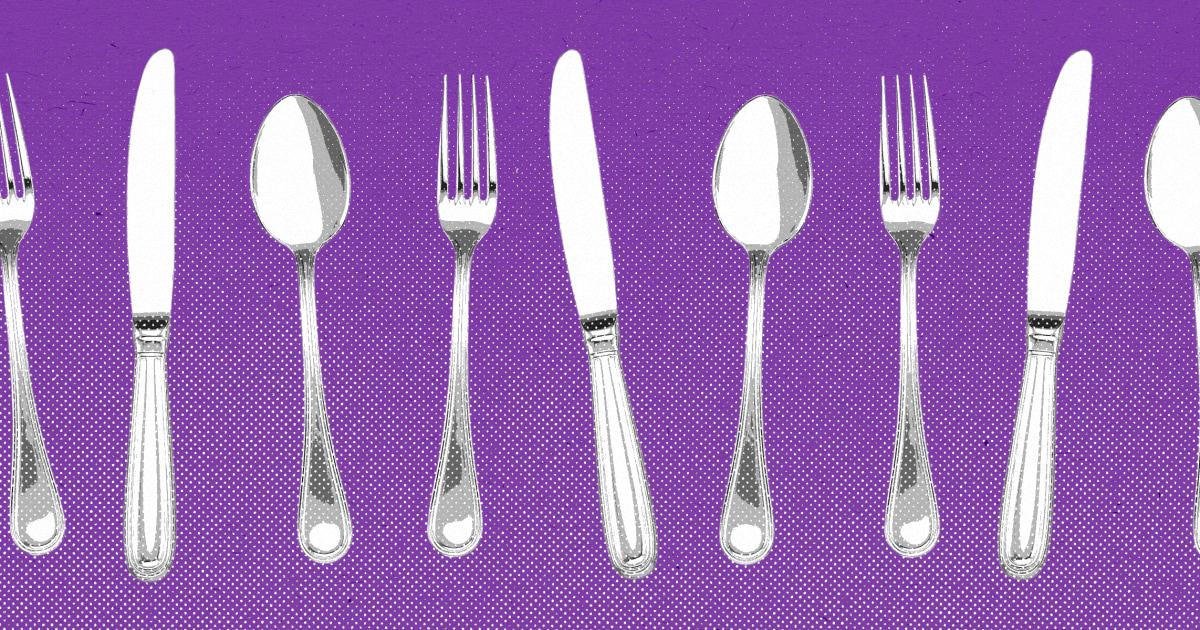Calcium is a star mineral in milk, yogurt and cheese, but many people don’t get enough of this nutrient important for strong bones.
The Dietary Guidelines for Americans list calcium as one of the dietary components “of public health concern” because the general U.S. population simply isn’t eating a lot of nutrient-dense foods.
You don’t need to consume dairy to get calcium, however. Tofu, canned fish with bones, almonds and kale make the list of calcium-rich foods.
But don’t overlook fruit to help meet your needs.
Dietitian Tip of the Day: Prickly Pears Can Add Calcium to Your Diet
The No. 1 fruit with the most calcium is the prickly pear. One cup provides 83 milligrams of calcium, according to the U.S. Department of Agriculture — almost one-third of the amount of calcium in a cup of milk.
This cactus fruit, widely found in the Southwest, is “remarkable” for its calcium content, studies have found. The fruit can be eaten raw, juiced or used in drinks, desserts and jellies.
The taste has been compared to that of watermelon, strawberries and citrus.
Other fruits with the most calcium include oranges, dried figs, blackberries and papaya.
Why It Matters
Besides keeping bones and teeth strong, calcium helps hormones to be released in the body, muscles to move, nerves to carry messages, and blood to flow and clot, according to the National Institutes of Health.
But 42% of Americans don’t get enough calcium, studies have found.
Including a variety of fruits as part of a balanced diet can help support calcium intake, says Patricia Bannan, a registered dietitian in Los Angeles and author of “From Burnout to Balance.”
“Fruits aren’t top sources of calcium compared to dairy, fortified plant milks or leafy greens,” Bannan previously told TODAY.com. “But they can still add up throughout the day.”
How to Get Started
Adults need 1,000 milligrams of calcium a day, according to the NIH. Most Americans get it from dairy products, it notes.
If you don’t like dairy or are a vegan, “a thoughtfully planned plant-based diet can absolutely meet calcium needs, and fruits can make a sweet and helpful addition,” Bannan said.
An 8-ounce glass of calcium-fortified 100% fruit juice can be a great option since it contains a similar amount of the mineral found in a glass of milk, she added.
Still, fortified juice should complement — not replace — other calcium-rich, whole-food sources, which provide other benefits like fiber, satiety and more nutrients, Bannan said.
If you’re looking to get more calcium in your diet, check out the Start TODAY app for recipes and nutrition tips.
TODAY’s Expert Tip of the Day series is all about simple strategies to make life a little easier. Every Monday through Friday, different qualified experts share their best advice on diet, fitness, heart health, mental wellness and more.

